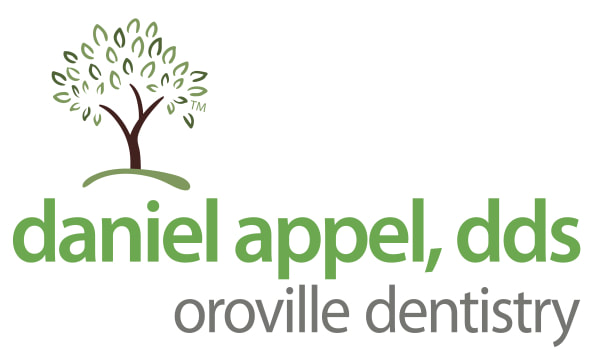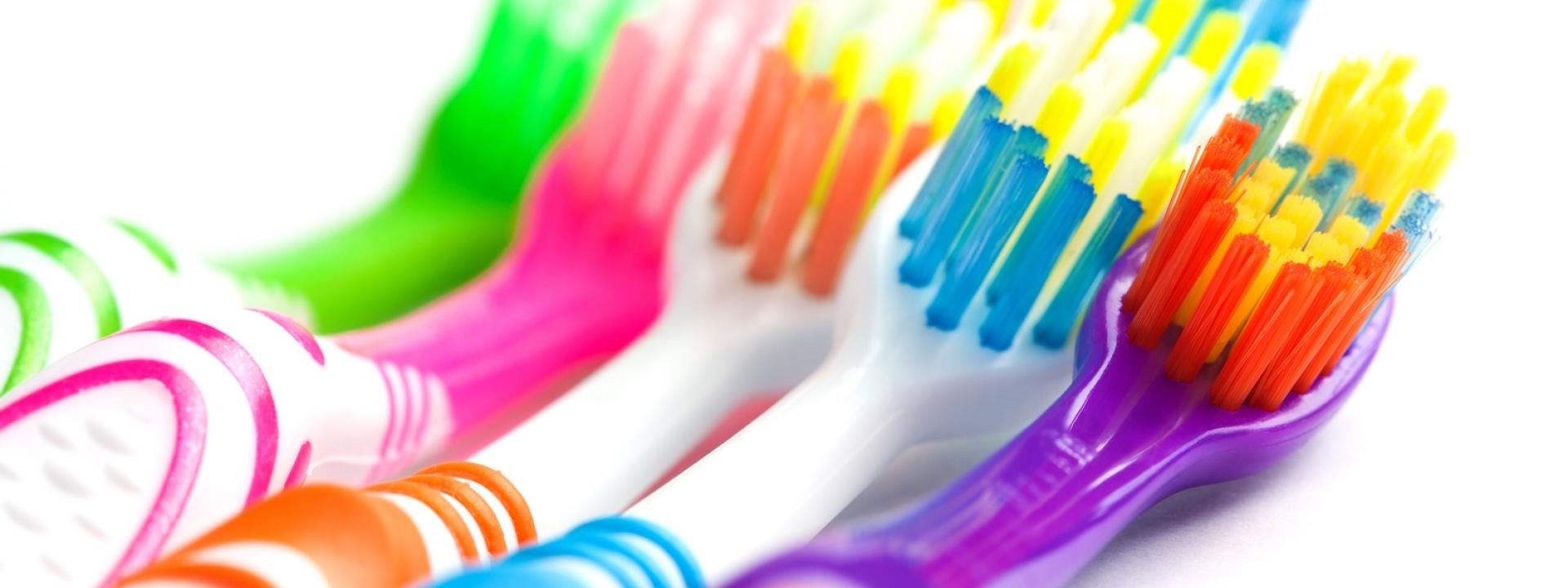A healthy smile is more than just pearly whites; it’s a window to your overall well-being. Brushing and flossing are fundamental to a healthy smile, and the tool you choose to clean your teeth can dramatically impact how much benefit you receive.
Bristle Types: The Softness Factor
Toothbrushes come with a variety of bristle options, from soft to medium to hard. However, when it comes to protecting your teeth and gums, dental professionals universally recommend soft bristles. Why? Let’s break it down.
Soft bristles are gentle and effective at removing plaque and debris from teeth without damaging the delicate gum tissue or enamel. Medium and hard bristles, while tempting for their perceived scrubbing power, are harsh on gums, potentially causing loss of gum tissue which exposes tooth root surfaces. These root surfaces are far less dense then the enamel that we usually see above the gumline. Medium and hard bristles will cause erosion of these roots, leading to increased sensitivity to hot, cold, sugars, etc. AND if enough root surface is lost, potentially the loss of the entire tooth. So the right bristles really do matter.
Effective cleaning comes from proper brushing technique, and proper amount of TIME using the technique, not the stiffness of the bristles. Choose soft bristles for a gentle yet effective clean that preserves your oral health in the long run.
Head Size and Shape: Reaching Every Nook and Cranny
Here’s what you need to consider in terms of your toothbrush head’s size and shape:
- Size: The toothbrush head should comfortably fit inside your mouth, allowing you to reach all tooth surfaces, including the back molars. A smaller head typically offers better maneuverability, especially for individuals with smaller mouths.
- Shape: Some brushes have angled heads to help reach areas behind the front teeth, while others have multi-level bristles. These features can further enhance plaque removal but are not necessarily essential for everyone.
Ultimately, choose a head size and shape that feels comfortable and allows you to easily reach all areas of your mouth for a thorough clean.
Manual vs. Electric: Power Up Your Brushing Routine
Deciding between a manual or electric toothbrush is a matter of personal preference. Both can be effective if used correctly. Manual toothbrushes require proper brushing technique and consistent effort for two minutes twice a day.
Electric toothbrushes offer advantages that make them appealing to many people.
The advantages of electric toothbrushes include:
- Timers to make sure you brush for the recommended two minutes.
- Oscillating or rotating heads that may enhance plaque removal compared to manual brushing.
- Motivation for individuals with limited dexterity or those who may find manual brushing challenging.
The key is to choose a toothbrush that you’ll use consistently and comfortably. Whether you prefer manual or electric, the most important thing is following proper brushing techniques.
Handle Design: It’s NOT About the Grip
A toothbrush is NOT designed to be held with a white knuckle grip as if holding a baseball bat and swinging for the fences! This ALWAYS translates to far to much force being placed on the gums and teeth.
A tooth brush should be held with light pressure, the same amount one would use when holding a pencil while writing. This still translates to enough pressure to hold the bristles securely against the teeth when brushing, but doesn't mash them into the gum tissue so hard that damage occurs.
As such, all the slick advertising surrounding different handle designs is exactly that.....slick advertising. If you are holding it gently and letting the bristles and and proper technique do the job, then the handle doesn't matter.
The Motion of the ocean....or rather, Toothbrush!
As most people know, techniqe matters :)
With a toothbrush, the ideal technique is as follows:
1. Hold the brush such that your bristles are aimed at the gumline, at about a 45 degree angle to the side of the tooth.
2. Hold the handle with light pressure, and move the bristles against the gumline in slow, gentle circles.
3. Shift the brush to orient the bristles at 90 degrees to the flat surface of the tooth and gently brush.
4. Brush ALL surfaces - tongue side, chewing side, Lip/cheek side.
When to Replace Your Toothbrush
It is best to replace your toothbrush when the bristles are no longer straight. When they start to bend over and head all sorts of random directions, you need a new brush. For most people this is every 3-6 months.
A misconception strongly encouraged by certain toothbrush making companies would have you believe that any time you've been sick you should replace your toothbrush. Not true. Instead, soak the toothbrush in bleach for 30 minutes. Rinse if off thoroughly, and save one more perfectly good toothbrush from ending up in a landfill needlessly. And keep a few more dollars in your pocket :)
What does this dentist and his family use at home?
I receive NO benefits from the following two companies. Their products are simply the best. These are the products I recommend every day in my practice. These are the products my family and I use. These are the products I hope YOU, and anyone you care about, will use :
1) Sonicare electric toothbrush with SOFT bristle attachments.
You do have to search for the soft bristles, but you can find them.
You DO NOT need all the fancy gizmos that let you monitor your brushing time from your phone and other such things. It's the action of the device, not fancy add ons that do the job.
Here's a great model that does everything needed without breaking the bank.
2) Nimbus manual toothbrush
This brush was designed by a Periodontist - a dental specialist who's focus is the gum tissue and bone surrounding our teeth.
This brush has extremely soft, thin, flexible bristles that reach deep under the gum tissue for a great cleaning.
Conclusion
Choosing the right toothbrush is a simple step toward achieving excellent oral health. Remember: soft bristles, an appropriate head size and shape, and a consistent brushing technique are key.
Even with the perfect toothbrush, regular dental exams and cleanings are vital. Your dentist can assess your individual needs, identify potential problems early on, and provide personalized guidance for a healthy, beautiful smile.
Invest in your dental health by choosing the right toothbrush and scheduling regular dental appointments. A small investment now can reap significant rewards for your smile and overall well-being throughout your life.

